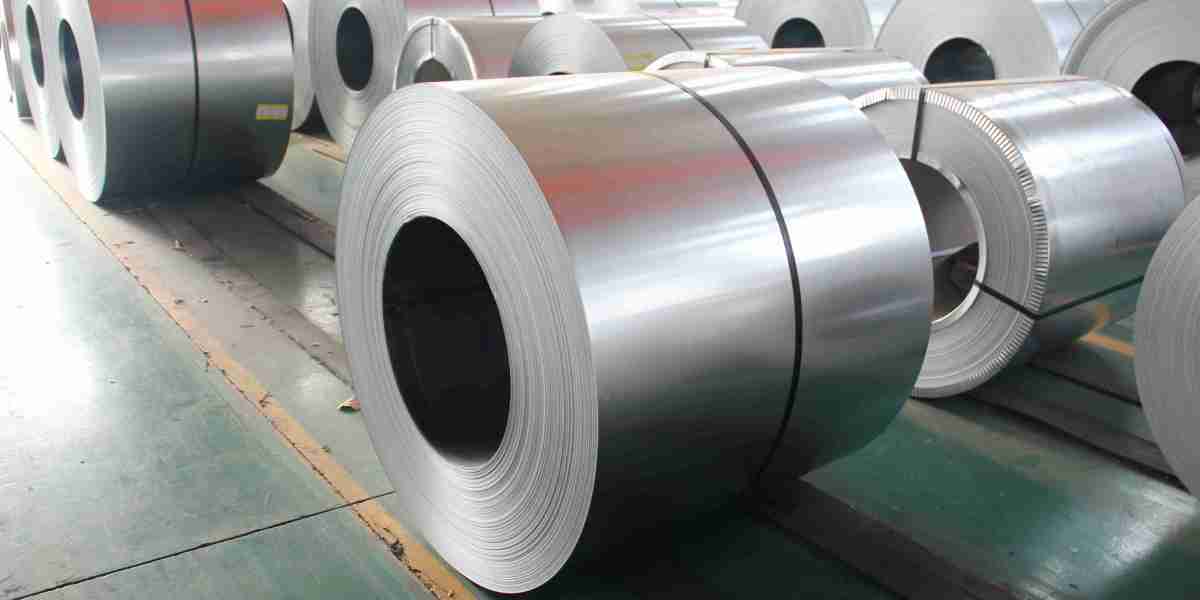The coil coatings market is essential for industries such as construction, automotive, and appliances, offering protective finishes for materials like steel and aluminum. While the market has seen growth driven by increasing demand for durable and aesthetically pleasing materials, it faces several challenges that could impact its future expansion.
1. Environmental Regulations and Compliance
Environmental concerns are a major challenge for the coil coatings industry. Strict regulations regarding volatile organic compounds (VOCs), hazardous chemicals, and emissions are forcing manufacturers to rethink their processes. Governments across the world, particularly in Europe and North America, are adopting stringent environmental standards to reduce the ecological footprint of industries. For instance, the European Union’s REACH regulations and similar legislation in other regions restrict the use of certain chemicals in coil coatings. While these regulations are aimed at improving air quality and reducing harmful chemicals, they add significant costs to manufacturers who must invest in compliance strategies, research, and development for eco-friendly alternatives.
The development of low-VOC, water-based, and non-toxic coatings has been a positive response to this challenge, but the transition is costly. Smaller players in the market might struggle to adopt these new technologies, thus impeding growth potential.
2. Price Volatility of Raw Materials
The prices of raw materials required for coil coatings, such as resins, pigments, and solvents, have seen volatility due to supply chain disruptions and geopolitical factors. For example, the global COVID-19 pandemic significantly impacted the production and supply of raw materials, causing delays and pushing prices higher. Similarly, fluctuations in the prices of oil and natural gas—critical inputs in the production of chemicals—directly affect the cost of solvents and other key ingredients in coil coatings.
These price fluctuations not only impact profit margins but can also lead to product price hikes, which in turn affect demand, especially in price-sensitive markets. Manufacturers must find ways to mitigate these effects through effective procurement strategies and long-term supplier agreements.
3. Competition from Alternative Coating Technologies
Coil coatings face stiff competition from other coating methods, including spray coatings, powder coatings, and other finishing technologies. While coil coatings are known for their efficiency in mass production and their ability to coat large surface areas quickly, alternative methods like powder coatings are gaining ground due to their superior finish, better environmental compatibility, and reduced waste. Powder coatings, for instance, do not emit VOCs and can be reused, which makes them an attractive option for industries seeking to comply with environmental regulations.
As customers seek greener alternatives and higher-quality finishes, coil coating manufacturers will need to innovate and ensure that their products remain competitive in terms of both environmental performance and cost-effectiveness.
4. Technological Advancements and Need for Innovation
While the coil coatings market is growing, it faces the challenge of staying ahead in terms of technology. The rapid advancements in the coatings sector, including developments in nanotechnology, smart coatings, and self-healing coatings, pose a challenge to traditional coil coatings. Manufacturers in the coil coatings market must continually invest in R&D to develop coatings that meet the needs of modern industries, such as those offering anti-microbial properties, UV protection, or enhanced corrosion resistance.
Moreover, advancements in the manufacturing process, such as digital printing techniques for coil coatings, offer new avenues for market growth but require investments in new machinery and skilled labor. Companies that fail to keep up with these technological advancements risk falling behind competitors.
5. Consumer Demand for Customization
Another challenge that coil coating manufacturers face is the increasing consumer demand for customized products. In industries like construction and automotive, there is a growing preference for tailor-made coatings that cater to specific design preferences or functional needs. This demand for customization can increase production costs, lead times, and complexity. For manufacturers, the ability to offer customized solutions while maintaining cost-efficiency is an ongoing challenge.
Conclusion
The coil coatings market is on a growth trajectory, but several challenges lie ahead. From stringent environmental regulations and raw material price volatility to competition from alternative technologies and the pressure to innovate, manufacturers will need to be agile and resourceful to navigate these barriers. However, opportunities remain in eco-friendly innovations, customization, and technological advancements. Addressing these challenges head-on will be essential for market players looking to sustain long-term growth in this dynamic industry.




